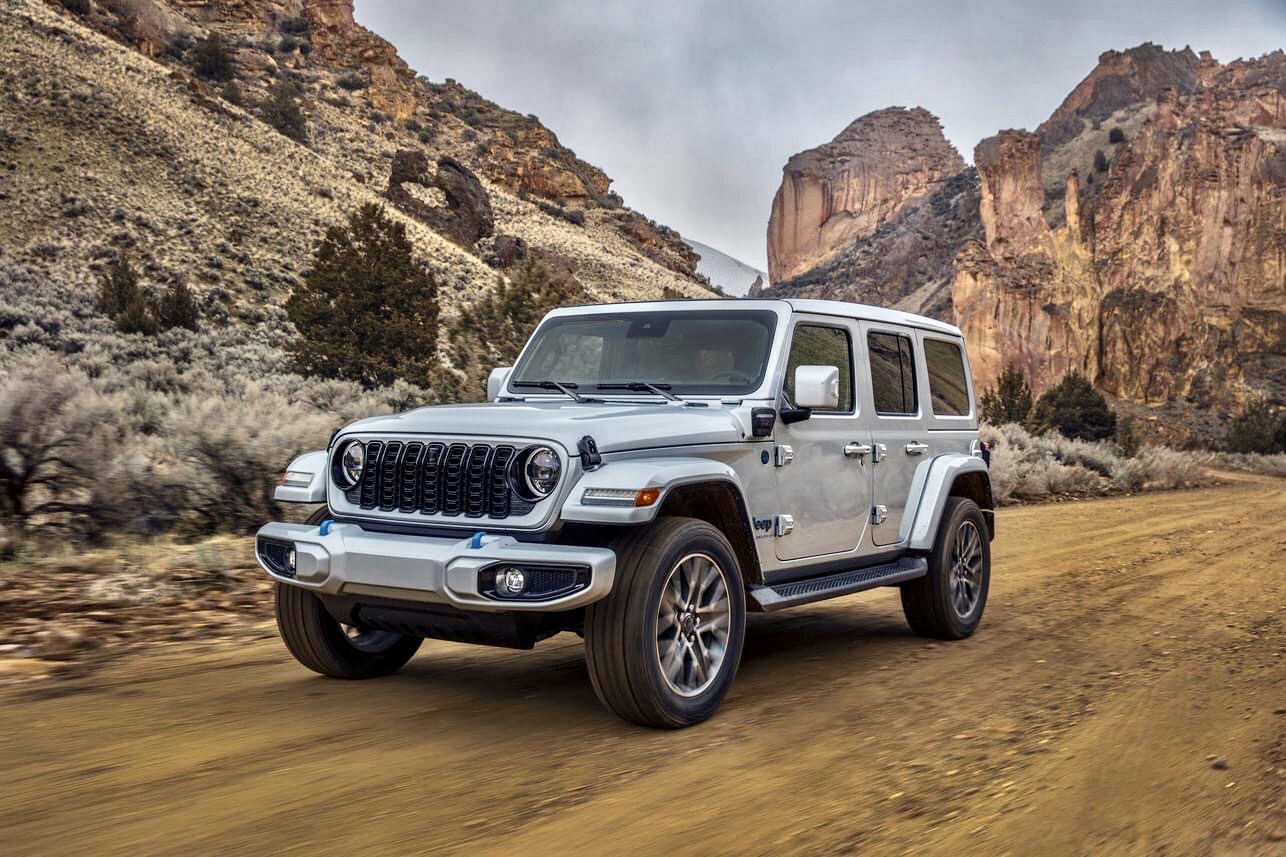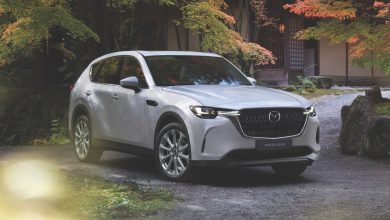AutomotiveNews
2018 BMW 8 Series winter test video

எதிர்வரும் 2018 பி.எம்.டபிள்யூ 8 series அனுபவித்து குளிர்காலத்தில் is out in full force in this video கடந்த சில மாதங்களில், பல முன்மாதிரிகளை சில road testing trials போது ஜெர்மனியில் காணப்பட்டதாக. இந்த சமீபத்திய ஒரு அங்கு ஒரு fully camouflage 8 Series test mule சாலையில் ஒரு சோதனை பாதையில் கருதப்பட்டது German drivers from Munich டிரைவர்கள் மூலம் காணப்பட்டது.

Even under heavy camouflage, this new BMW is very very long and low. Along side the Gran Coupé it is probably the sleekest looking coupe BMW has ever made.
https://youtu.be/GadDCyiIJVM




